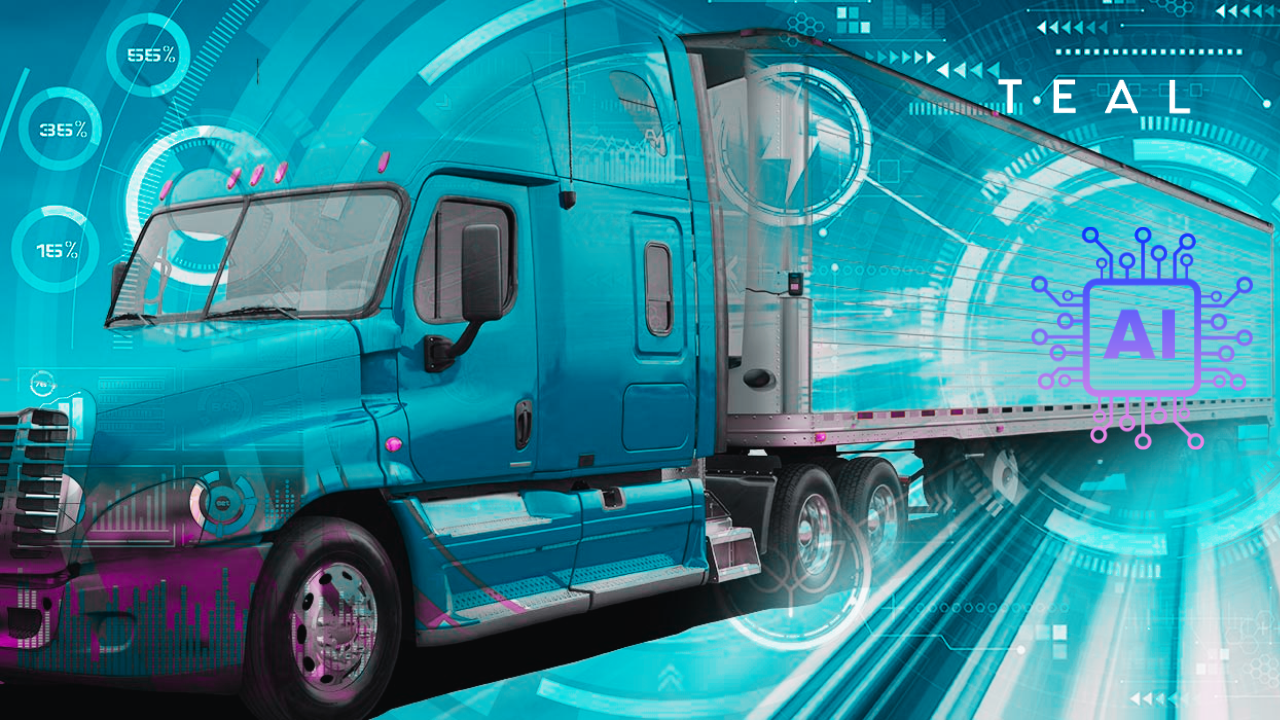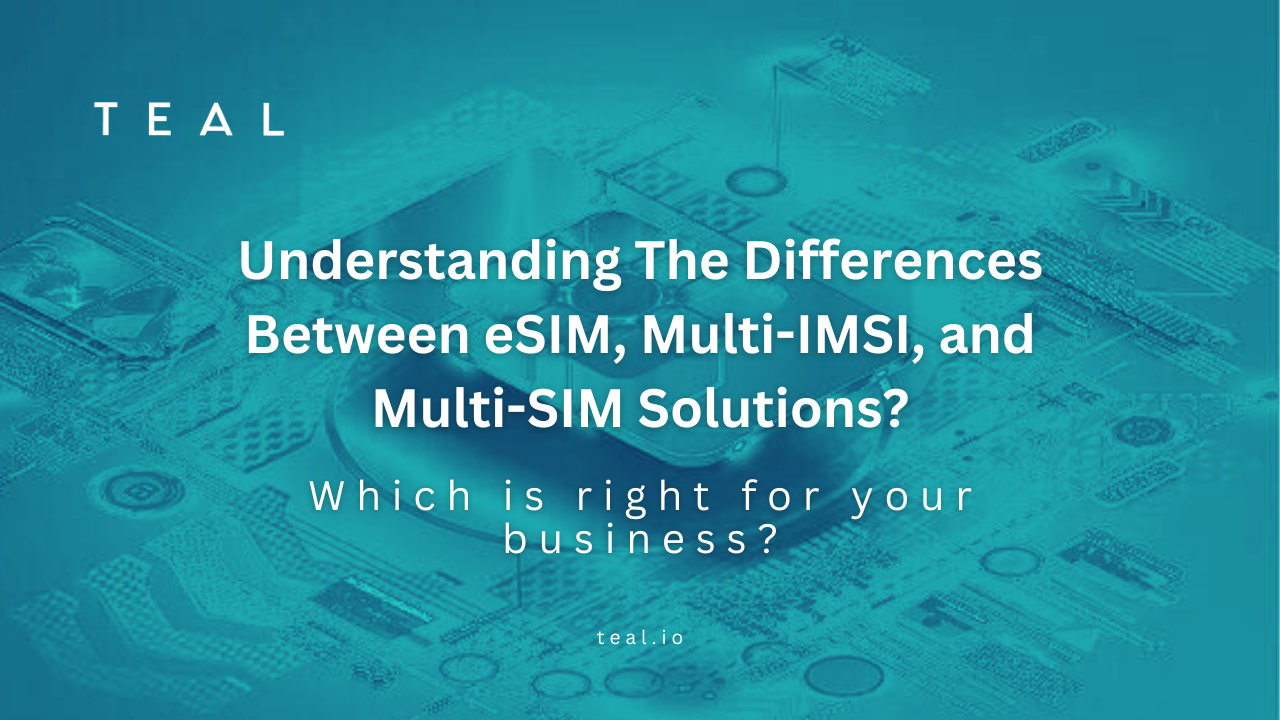Unlocking Smart City Potential with eSIM

Exploring the Future of Smart City Technology
As our world rapidly progresses towards digitalization, more and more cities are implementing smart city infrastructure to help improve the quality of life for their citizens. This technology encompasses a wide range of applications from transportation to healthcare to energy management. With eSIM technology, companies that are developing smart city solutions are streamlining their operations and becoming more efficient than ever before. In fact, eSIM is powering many smart city technologies today including electric vehicle (EV) charging stations, traffic management systems, last mile delivery robots and drones, security and video surveillance solutions, healthcare technology, and energy management platforms. The use of these technologies has been shown to improve traffic management, reduce energy consumption, and increase the efficiency of public services. However, as more smart city technology is adopted, the complexity of managing these systems also increases. In this blog post, we will explore different examples of the technologies powering smart cities and why reliable connectivity is paramount when it comes to efficiently managing our communities and improving city life.
Examples of How Smart City Technology is Improving City Life

EV Charging Stations – One example of how eSIM technology is being used in smart city infrastructure is by enabling reliable connectivity for EV charging stations. With the rise of electric vehicles, cities are investing in charging infrastructure to support this change. When it comes to EV charging infrastructure, robust network connectivity is an important factor in keeping charging stations up-and-running. Not only does poor – or even average – connectivity reduce customer usage of an EV charger, but it can also lead to a loss in revenue when payments fail to process. Given that EV chargers collect private data and sensitive information, they need a reliable and robust connectivity solution to provide the highest level of protection and security. Cellular connectivity has the widest range of coverage that enables EV providers to install EV chargers where they are needed. Not to mention, newer cellular technologies like LTE-M and NB-IoT improve range and coverage in rural and hard to reach locations. That said, no single carrier can service every location where EV chargers need coverage. eSIM technology helps fill this gap by ensuring that EV chargers can connect to the best available networks, even in rural locations. With eSIM technology, EV charging stations aren’t locked into a single carrier, but can connect directly onto any cellular network in the world. Learn more about how eSIM is enabling EV charging solutions globally.
Traffic Management – Another application of eSIM technology is with smart traffic management systems. This includes technology solutions that municipalities can leverage to improve safety and traffic flow on their city streets. Deploying these systems can create huge efficiencies and cost savings, while massively improving reliability. Smart traffic management systems utilize sensors, cameras, cellular routers and automation to monitor and automatically direct traffic and reduce congestion. These technology solutions prepare smart cities for coming technology evolutions, including connected vehicles and the full deployment of 5G networks. With eSIM technology, these systems can be better managed, allowing for quick and efficient connectivity between the data collection and analysis centers.
Delivery Robots and Drones – Last mile delivery robots and drones are becoming increasingly popular in smart city infrastructure. These technologies provide a more efficient and environmentally friendly way of delivering goods. Companies like Starship Technologies, a leading robot deliver service, rely on eSIM technology to eliminate the complexities of working with multiple connectivity providers. With eSIM from Teal they can connect their robots onto any network worldwide, saving time when it comes to deploying and managing their fleet of robots globally. With eSIM technology, Starship experiences better performance (lower latency, higher throughput) and has the flexibility to dynamically switch between networks at the click of a button. This provide them with ultimate control and redundancy when it comes to connecting their robots around the world.
Security and Video Surveillance – Smart city technology has greatly improved public safety in cities by using video surveillance. One example of this technology is in London the capital of the United Kingdom which has 627,727 cameras for a population of 9.3 million – equal to one camera for every 14 residents. The use of facial recognition technology is also growing in cities. The growth in these security systems has come with challenges and complexities of managing the various systems. By utilizing eSIM technology, video surveillance solutions can guarantee that they will have reliable, “always-on” connectivity to capture and transfer data to improve the safety and efficiency of smart cities worldwide.
Healthcare Use Cases – 5G and Private Networks will play a critical role in the future of healthcare connecting everything from wearables to emergency services and panic buttons, to drones, to hospitals and medical campuses. Teal’s industry leading, GSMA certified eSIM technology ensures the highest level of security for healthcare devices so that patient data always stays protected. By reducing latency, improving reliability, and increasing security, new healthcare use cases will be unlocked and benefit from streamlined access to leading 5G and Private Networks.
Smart Buildings and Energy Management Technology – Smart city infrastructure has integrated energy management sensors and technologies to make effective energy use possible. The integration of these technologies has provided more efficient street lighting and reduced energy consumption from public buildings. By using sensors, building operators have the ability to collect real-time data generated by the smart solution to effectively optimize energy use and drive down costs. IoT energy management data can be used to intelligently reduce waste in smart buildings and help ensure compliance with green building initiatives.
In conclusion, eSIM technology is playing an increasingly important role in enabling the implementation of smart city infrastructure by providing a more efficient, flexible, and cost-effective approach to the management of these systems. As more cities invest in smart city infrastructure, the use of eSIM technology will continue to increase, enabling the technologies that will lead to a better quality of life for citizens, while also improving environmental sustainability.
If you’re evaluating eSIM technology for your business, be sure to download GSMA’s Free eSIM Buyer’s Guide for Enterprise and get the information you need to ensure that you choose the right solution for your organization.
Teal’s patented, GSMA certified technology connects any device onto any data network worldwide. With more network operator agreements than any other connectivity provider, Teal gives businesses everywhere the flexibility and control to remotely switch between networks, ensuring the highest level of reliability and performance for any internet of things (IoT) deployment. Teal supports applications across many industries including mobility, robotics, drones, industrial IoT, healthcare, and private LTE/5G. Find out if eSIM technology is a fit with your business. Contact us today to learn more.
Recent Posts
Revolutionizing Fleet Management with AI-Driven Telematics Solutions
Teal Communications Staff2024-04-26T21:30:35+00:00
How Reliable Connectivity Is Keeping Our Planet Clean and Green
Teal Communications Staff2024-04-24T15:14:27+00:00
What Are The Differences Between eSIM, Multi-SIM, Multi-IMSI, and MVNO Solutions?
Teal Communications Staff2024-04-22T14:49:27+00:00




